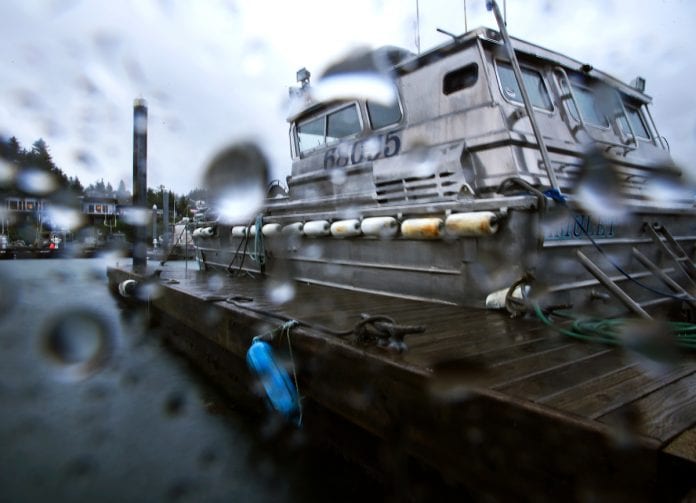
Bipartisan, bicameral legislation introduced in Congress on April 9 aims to help local and state governments protect 95,000 miles of the nation’s shoreline.
The Digital Coast Act would allow the National Oceanic and Atmospheric Administration to begin a comprehensive mapping process of the shorelines. Coastal communities would then use the data to prepare for storms, manage floods, restore ecosystems and plan smarter development near the coastline, harbors, ports and shorelines. Such geospatial mapping information can be complicated, expensive to collect and difficult to use without in-house expertise. NOAA will also train decision-makers at the local and state level on how to use the datasets to answer questions about storm surge, erosion and water level trends. The data will also be available on NOAA’s website for free and easy public access.
“Alaska is facing significant shoreline erosion, threatening coastal communities, infrastructure, and ecosystems,” said Sen. Lisa Murkowski, R-Alaska, who introduced the legislation in the Senate with Sen. Tammy Baldwin, D-WI, while Rep. Don Young, R-Alaska, and Rep. C.A. Dutch Ruppersberger, D-MD, introduced the measure in the House.
“By comprehensively mapping and surveying our coastline, we can ensure we have readily accessible and up-to-date tools for coastal management, planning and disaster response,” she said.
Young cited the Digital Coast Act as an important step towards development a system to support coastal communities with reliable information on coastlines and weather conditions.
The full text of the legislation is online at murkowski.senate.gov/imo/media/doc/digital coast act 2019.pdf.














